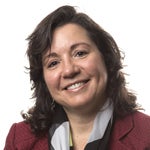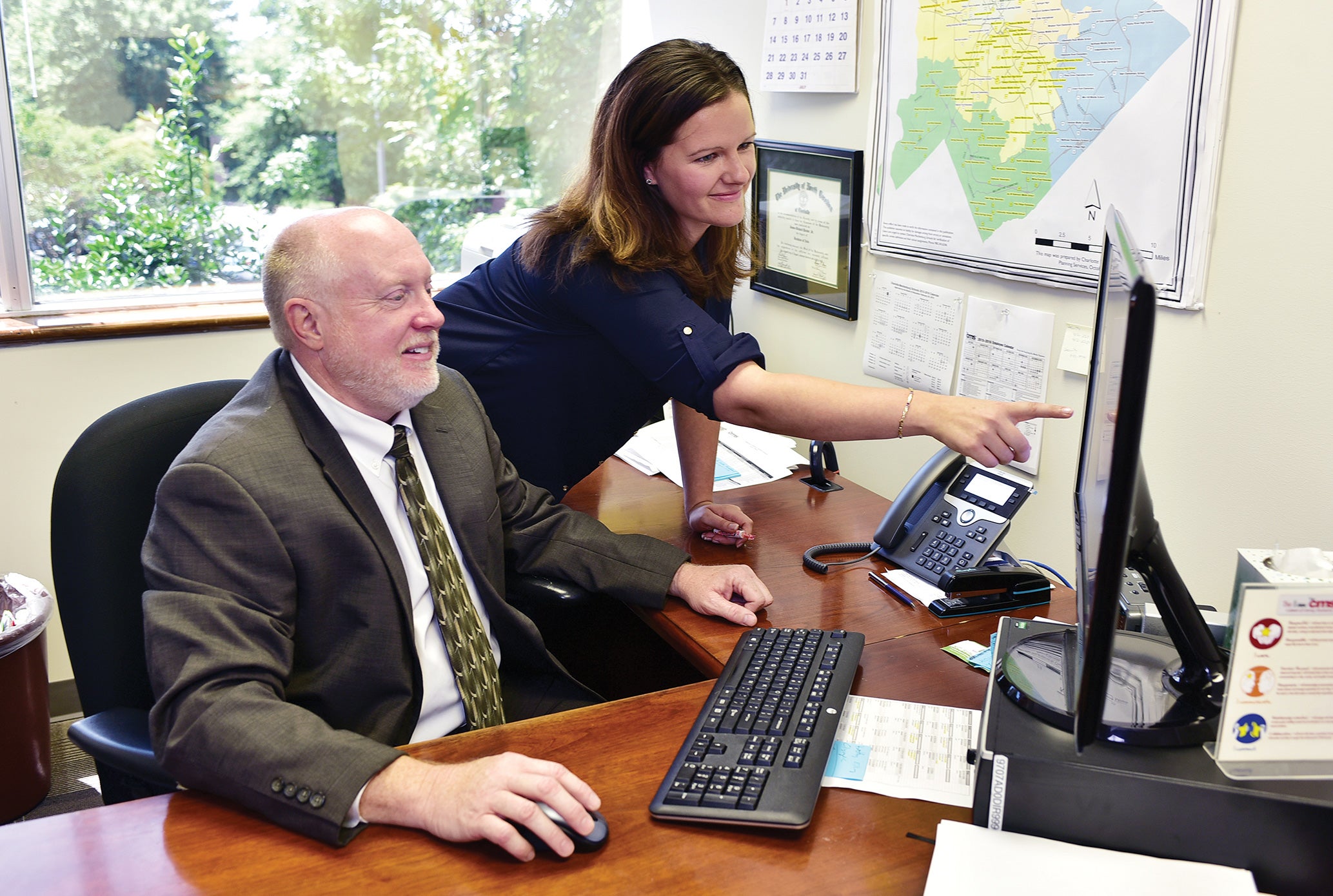It’s never too early (or too late!) to start thinking about New Year’s resolutions. For many nonprofit organizations, getting a better handle on finances will top the list.
Strongnonprofits.org is a Wallace Foundation website designed to help nonprofits do exactly that. It offers more than 60 tools, how-tos, articles and other features to help organizations build their financial muscle so they can fulfill their missions and deliver the best services possible.
We talked to Hilda Polanco, founder and CEO of Fiscal Management Associates (FMA), the consulting firm that created and maintains the site, about changes in the way nonprofits approach their finances and how they can get “fiscally fit” in the upcoming year.*
Do you see a change in the way nonprofits approach financial management since Strongnonprofits.org launched several years ago?
 In the last few years—and this has been heightened in the last year—the focus has been first and foremost on planning. Organizations are trying to take control of their destiny by having the right financial information. Four areas have become extremely critical. The first is an organization’s ability to understand the full cost of delivering their programs. The second is scenario planning, projecting into the future and thinking about multiple options. The third is managing cash flow. In so many states, payments are being delayed and organizations have gone through their reserves since 2008. The last one is the idea of planning as a process that never ends. Organizations, especially the ones that are successful and scaling, do a five-year strategic plan and put it on the shelf. But stuff changes. The days when boards would say, “the budget is the budget, and it never changes”—that’s not realistic anymore. We have to be more than just sustainable; we have to be resilient.
In the last few years—and this has been heightened in the last year—the focus has been first and foremost on planning. Organizations are trying to take control of their destiny by having the right financial information. Four areas have become extremely critical. The first is an organization’s ability to understand the full cost of delivering their programs. The second is scenario planning, projecting into the future and thinking about multiple options. The third is managing cash flow. In so many states, payments are being delayed and organizations have gone through their reserves since 2008. The last one is the idea of planning as a process that never ends. Organizations, especially the ones that are successful and scaling, do a five-year strategic plan and put it on the shelf. But stuff changes. The days when boards would say, “the budget is the budget, and it never changes”—that’s not realistic anymore. We have to be more than just sustainable; we have to be resilient.
What tools and templates on the site have been the most popular with users? What are the greatest needs that the site can help nonprofits address?
The number one most popular tool is the program-based budget builder. It can help organizations quantify their costs in a way they can present in their development proposals and articulate when they negotiate performance-based contracts. The second is the cash flow template. I call it the “executive director’s navigation tool” because it gives organizations the ability to project cash flow into the future, manage it and know when they’re going into danger territory. The third is the “go/no go” tool, which brings together teams to decide should we go for this [funding] opportunity or not. The site is helpful to organizations of all sizes, but for organizations that don’t have a full finance staff these tools have been transformational because they give them the ability to do some pretty complicated thinking.
Are there any overlooked features of the site that you’d like to encourage users to take greater advantage of?
One that I like a lot is the scenario-planning tool. It’s simple. The thing with scenarios is that if you get too complex people get confused.
Is there anything about the way you work with nonprofits to build financial strength that has changed over the years?
Each year we work more and more with the senior management team rather than only the finance team, building their capacity to make better decisions, better plans, while also building the capacity of individuals, so that if one person leaves, the structure is there, the next person comes right into their role, and the organization continues. In that context, we’ve also spent more time working with program leaders to make them owners of their budgets and with development leaders, so they can provide better information in the proposals they send out the door and better understand the consequences of the funds they’re raising. Another area where we’re getting frequent requests for help is establishing a board-designated operating reserve. Boards want to make sure they have funds set aside for unexpected events. I find it encouraging that they’re thinking about that.
What is the most important piece of advice you have for nonprofits looking to improve their financial outlook?
Face the data. Think about the processes, frameworks, work flows you have in place. Are these systems giving you the information you need to make strategic decisions about current needs as well as the long term? Build your planning muscle. When I ask an organization if they revise their budget, sometimes they look at me and say, “There’s no way I’m doing that again.” If your processes are painful, you don’t have the right tools. Don’t think of planning as compliance, think of it as an opportunity for making the smartest choices. Finally, solidify the partnership between the board and leadership. The world is throwing curveballs. Have the courage to envision what it would be like to respond to a significant shift in your revenue, and as a result, be better prepared.
*This interview has been edited and condensed.




